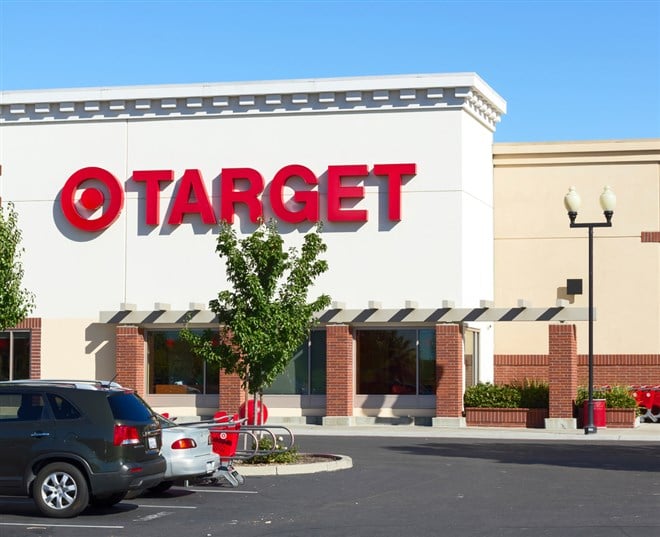
For most of 2020, Target (NYSE:TGT) proved that it was a value-leader extraordinaire, turning in excellent earnings, experimenting with store formats, and doing just about everything in its power to get investors interested. Now, with its latest earnings report out, Target once again shows off why it's set to carry on as one of the biggest names in retail around.
An Expectations-Busting Quarter
The raw numbers turned in should capture investor attention all by themselves. Not only did the company beat expectations in earnings—turning in $2.67 per share against expected earnings of $2.54 per share from a Refinitiv consensus—but it also beat expectations on revenues. The company turned in $28.34 billion for the quarter against an expected revenue of $27.48 billion. When already-high expectations are beaten, you know it's a good quarter.
Better yet, the $2.67 per share to come in completely destroys figures from the fourth quarter of 2019, when the company only managed to turn in earnings of $1.63 per share. Revenue did just as well compared to the fourth quarter of 2019, which was 21% less than it was in the fourth quarter of 2020. Comparable sales were also well over expectations, up 20.5% for open stores, and up 118% for online sales.
The reasons behind the push? About what you'd expect; gunshy shoppers looking to maintain safety in their shopping trips out are used to going to Target, and stick with such plans going forward. Additionally, the extra $600 in stimulus from the government gave Target a further boost, and shoppers with gift cards swung in to deliver some further punch as shoppers looked to improve their homes or restock their wardrobes perhaps in hope of being allowed out in public again. The earlier-announced results from the holiday shopping season, meanwhile, certainly helped matters.
Analysts Still Find a Winner
For investors who consider Target a winner, you can sleep soundly noting that your opinion is backed by quite a bit of analysis. Our latest research finds that Target sentiment is increasingly bullish over the last six months, though it may have plateaued with the latest month.
Target has enjoyed a consensus “buy” rating for the last six months. Six months ago, the company had one “sell” rating, six “hold”, 17 “buy” and two “strong buy” ratings to its credit. Three months ago, that improved substantially, ditching the “sell” altogether to yield seven “hold” ratings, 16 “buy” ratings and three “strong buy.” A month ago, that improved once more to hit six “hold”, 15 “buy” and three “strong buy.” That's where we stand today.
Meanwhile, the price target has also only increased in that time frame. Six months ago, it stood at $138.45 per share. That increased to $149.14 three months ago, and then again to $161.65. Now, it stands at $165.40, which actually represents downside potential for the first time in six months as Target's current price per share is $191.19. However, the latest price target adjustments all suggest that $191.19 may be a low point; out of the changes made so far this year, only Morgan Stanley's target of $195 is even close. The rest are at least $200 per share, and most significantly higher.
A Familiar Potential Drawback
The good news for Target is that it's already demonstrated its prowess in the retail sector, so chances are, investments made here will be safe and are likely to continue growing for some time. However, there's a familiar downside to Target stock that must be considered: the conditions that made Target's 2020 a banner year are receding and that's likely to have some drag on Target's future going forward. The coronavirus that kept people indoors except for a handful of necessary resupply runs is on the decline thanks to a variety of factors, so the idea that people will continue to shop Target in such quantity may slip with it.
However, we know that Target has taken advantage of its success to push improved online shopping and new store formats, which will be a significant help going forward. Target has also been working frantically to build customer loyalty, a point seen in the fact that customers that shop in multiple channels—online and in-store—actually spend an average of four times as much as those who only shop in stores.
2020 was an anomaly. Expecting results like 2020 to occur anywhere ever again—without comparable conditions—is likely a pipe dream. Target, however, will not be caught resting on its collective laurels, and has already made plans to go beyond the pandemic year and into a brighter future.
Companies in This Article: